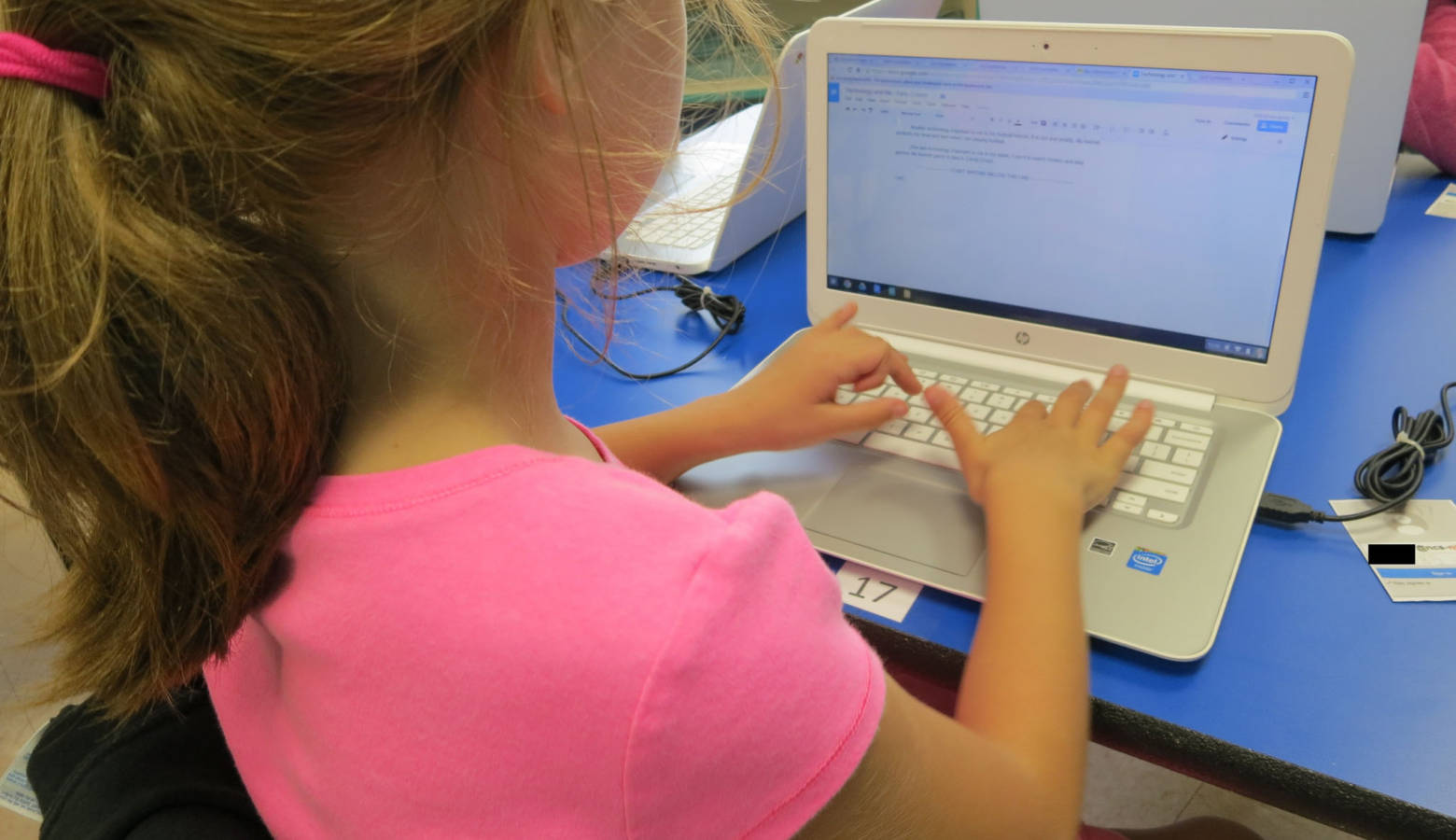New Report Reveals Virtual School Enrollment, Growth In Indiana

The number of virtual school programs in Indiana nearly doubled over the past four years, and new data from the state department of education reveals rapid growth in virtual student enrollment.
Only 18 virtual school programs existed in 2014, according to the report from the Indiana Department of Education. Now, 38 schools say they offer virtual programs, where students spend more than 50 percent of their instructional time learning via technology.
The number of students enrolled in them is up significantly as well. According to the self-reported data from schools, the number of students enrolled in virtual programs at traditional public schools is estimated to have increased by around at least 3,200 students between the 2017-18 and 2018-19 school years.
State board of education member Gordon Hendry chaired the committee on virtual schools this year. He says the state’s lack of regulation means there are a number of unknowns.
“The state of virtual education in Indiana in K-12 is a little bit like the Wild West,” he says.
Union School Corporation accounts for a large chunk of virtual student enrollment growth at traditional public schools. Their virtual program served 720 students in 2017 and is expected to jump to 4,000 in 2019.
But the state’s lack of rules on virtual schools mean there’s limited data on the quality of those programs, and Hendry says that’s another important piece of the conversation.
“What’s concerning to me is that there is really no data that is tracking the education success and the education of those students,” he says.
Charter schools still account for the vast majority of all virtual student enrollment in the state at 71 percent.
Indiana’s failing virtual schools spurred state leaders – including the governor – to advocate for changes to improve their performance. The state board of education recommended new regulations to lawmakers and the governor earlier this month.
The proposed regulations aim to grant more rule-making authority to the state board of education, and include limiting administration fees for authorizers.
